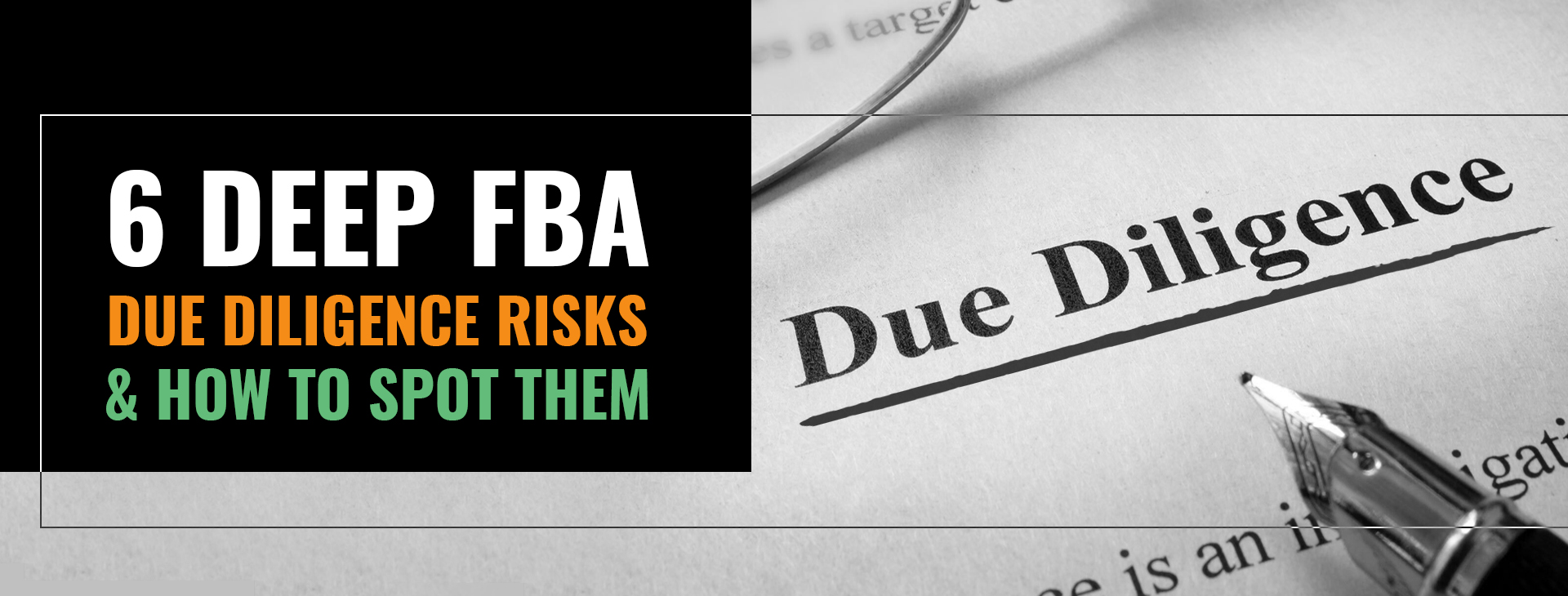In 2020, FBA acquisitions were booming on the back of the massive FBA Aggregator trend. It seemed that every week a new firm was launching and announcing a huge raise at sky-high valuations.
Fast-forward to today, and it’s quite a different landscape. Some aggregators are shutting down, while others are consolidating or at least slowing down on acquisitions.
What happened? Was the business model broken? Or, was it just not executed properly?
The challenges of the FBA aggregators can be traced back to a single thing: lack of discernment in their acquisitions. Aggregators bought too many businesses too fast and weren’t concerned (or didn’t understand) enough about the quality of the businesses they were acquiring.
So, how does one avoid this when buying an FBA business? The answer is pretty straightforward: Don’t buy bad FBA businesses.
This post will lay out all the 6 most crucial places to look so you know how to spot a bad FBA business when you see one. We’re going to look at a number of different risk factors: review risk, COGs risk, risk trademark, regulatory margins risk, PPC risk, as well as sales trends risk.

1) Review Risk
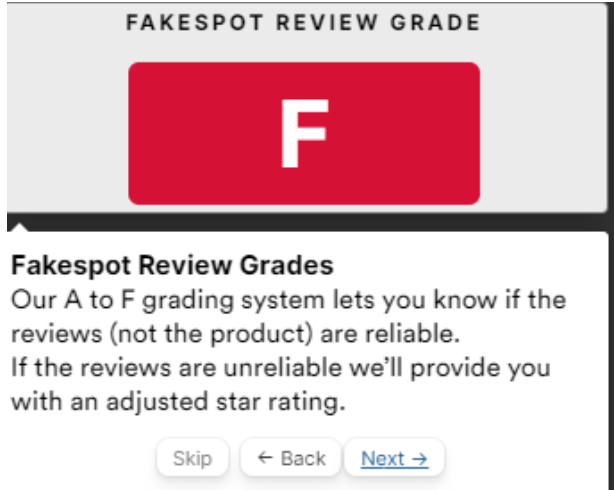
Let’s start with the biggest risk of all: review risk. Not only is this one of the biggest risks, but it’s also a moving target and at times can be a bit ambiguous. When I started selling on Amazon in 2015, it was more like the wild west. But things have changed. Amazon has changed its policy, so what used to be fine now is grey hat or black hat. This results in reviews going away, accounts getting suspended, products getting de-listed, etc.
As a buyer this is a serious concern. Reviews are such an important piece of the Amazon ecosystem. Policies and regulations are often changing. Thus, it’s critical to be on top of this.
How To Spot Risky Reviews

One way to go about this is by literally doing a manual review check. You can go into listings and do a search for phrases such as “unbiased opinion” or “in exchange for” and “full disclosure”. This will help you spot reviews that are clearly at risk of harming the account and business.
Another way to spot fake reviews is by looking at Paypal statements. If you see a number of refunds for $14.95 and there’s a string of 100 of them, that can be a pretty clear indicator that somethings going on and that the reviews are not genuine and organic.
Also, you can go into their FB Ad library, which is actually public. Anyone can view the FB ads that are running for an account. If you see Ads running that say, “Get this product FOR FREE,” that can be an obvious sign that review manipulation has been used.
There are also many tools and softwares you can use. Fake Spot is one. Helium 10 Review Velocity is another. On Helium 10 Review, you are able to see if the review velocity is consistent or not. Was there a big spike in velocity and then it dropped right after? Or have there been a steady influx of reviews?
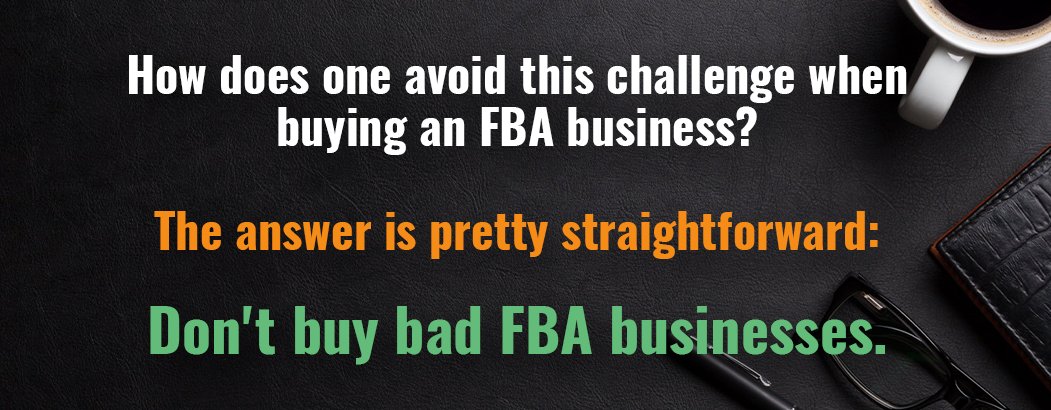
We also have a list of 23 other platforms that can be used for different types of giveaways and promotions. Simply logging into these sites and looking for the products to see if they’re listed there is another thing we do.
Last but not least, you want to look into performance notifications. Has Amazon flagged this account or this product for some review manipulation? If you spot these, then it’s an indicator.

As you can see, there are a lot of ways to go about digging into reviews. The best way is to look into as many angles as possible to then give yourself the confidence that the review risk is low.

COGs Risk

Next, we’ve got Cost of Goods (COGs) risk. Getting clarity on cost of goods is critical because it’s super common to find discrepancies in this area. For FBA businesses, these discrepancies often stem from how accounting is done, fake supplier invoices, and freight rates. The solution is always the same: a complete P/L rebuild.
Let’s start with accounting. A lot of sellers prepare their cost of goods on a cash basis instead of accrual. At Centurica, we verify everything in accrual, but a seller could have an invoice for purchase orders that they haven’t paid yet and therefore are not accounting for their cost of goods. Whereas, in accrual that would be accounted for. Things like these can make a big difference when we compare the numbers.
Another common thing that we see is not having correct freight classifications or tariff classifications. Again, it’s fairly common where a factory will issue separate invoices: one invoice for the buyer, their client, and they’ll issue another set of invoices that will be used for freight and customs duties. Why? If the goods are classified in a different category, you can get lower tariffs. This is a fairly common tactic and it’s not to say that if a seller is doing this it’s a “no go” on the business. Remember, most of the DD process is about getting clarity so that you know what’s realistic and what to expect. Just because there’s a discrepancy doesn’t mean the seller is untrustworthy and the deal is off.

The last big area to look into is volatile freight rates. This has been a big thing in the last year or two (2021 & 2022). Since freight rates have increased consistently over the last year, sellers can do an average of freight rates from the last 12 months, which will be very different than the average of the last 3 months.
For all of this, it’s vital to do a solid P&L rebuild. In this, you can include all possible scenarios. What we can do is give two different treatments of cost of goods in the P&L. One taking freight rates from the last three months average, as well as one treatment and looking at freight rates using the average over the last 12 months. You can do the same when it comes to tariffs.
You just need to determine and verify your own cost of goods versus what the seller did. You want to see how the cost of goods align with the way that’s going to be consistent with how you’ll be accounting for the cost of goods moving forward. So, always redo your own calculations based on how you plan to run the business. Remember, the objective here is just to have full clarity on what the situation is so you can make the best decision possible.
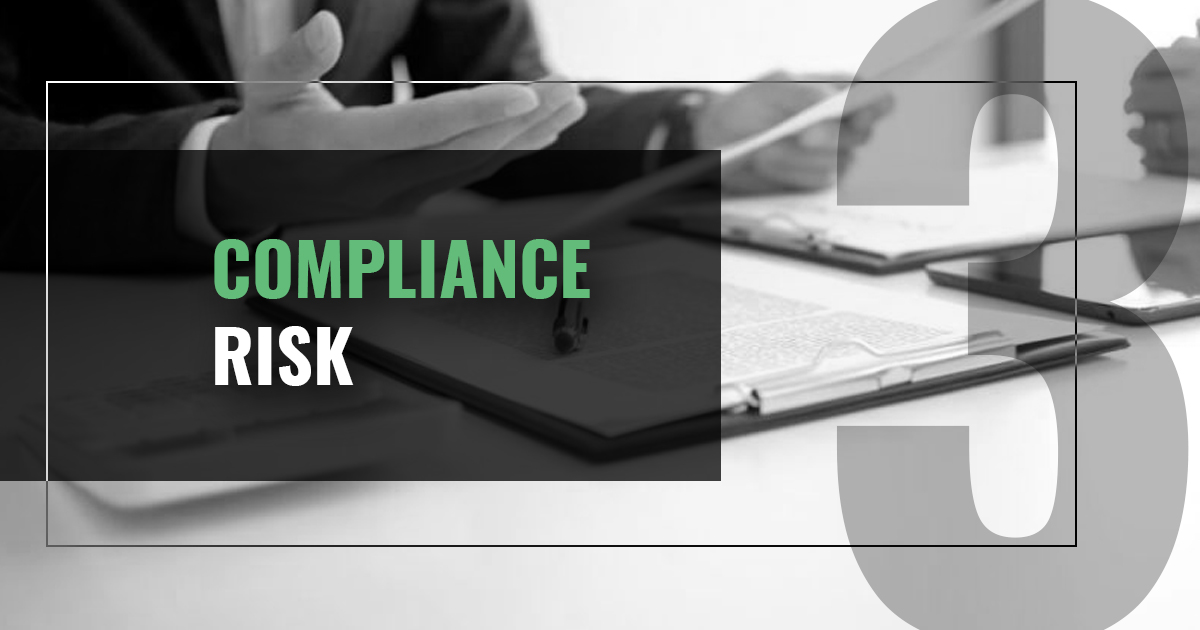
3) Compliance Risk
This one is very category specific and has also changed a lot over the years. As previously stated, Amazon used to be a lot more like the wild west. You could just throw up a health product or pest control or medical or baby product and it was fine. Today, the general direction of Amazon is moving in is more tight and on top of all of these things.
So, one place to start is by asking the sellers questions like, “What type of paper work and compliance is needed to sell your products?” Another thing to do during diligence is to ask the factories themselves.

When I was selling my own products, this was something that I did. If I was going into a product category that I wasn’t really experienced in, I would just ask the factories, “Can you tell me what the certifications are that you have to be able to sell this product?”
After asking 2, 3, or 4 of them, I began to see the trends. The factory should be aware of this, and if they’re exporting to America, they should know what compliance is needed for selling in America as well. If you ask one, they may not give you a reliable response. But, if you ask a couple, you should be able to see some trends and get insight into how the more legitimate ones operate.
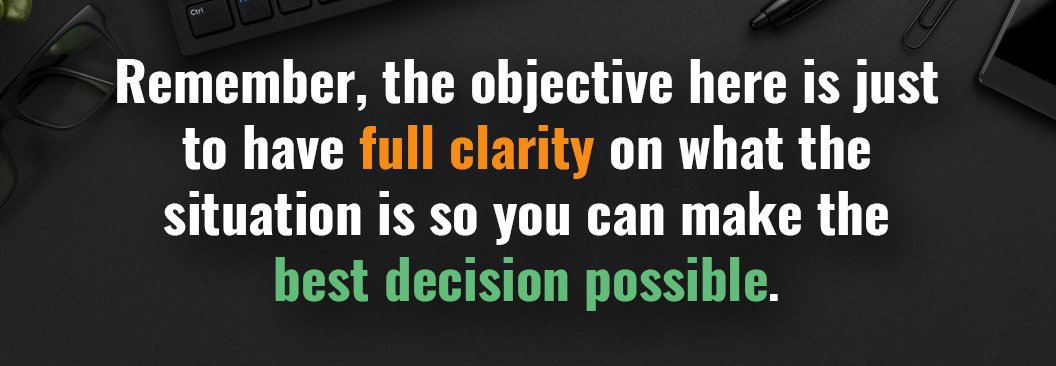
Another approach to this is to look at the case log review. Have there been Amazon warnings? Have there been requests for different documentation for the products? This is something that you definitely want to be on top of as Amazon is getting stricter. You don’t want to take over a product that has compliance issues and can’t be sold because you don’t have the tests required.
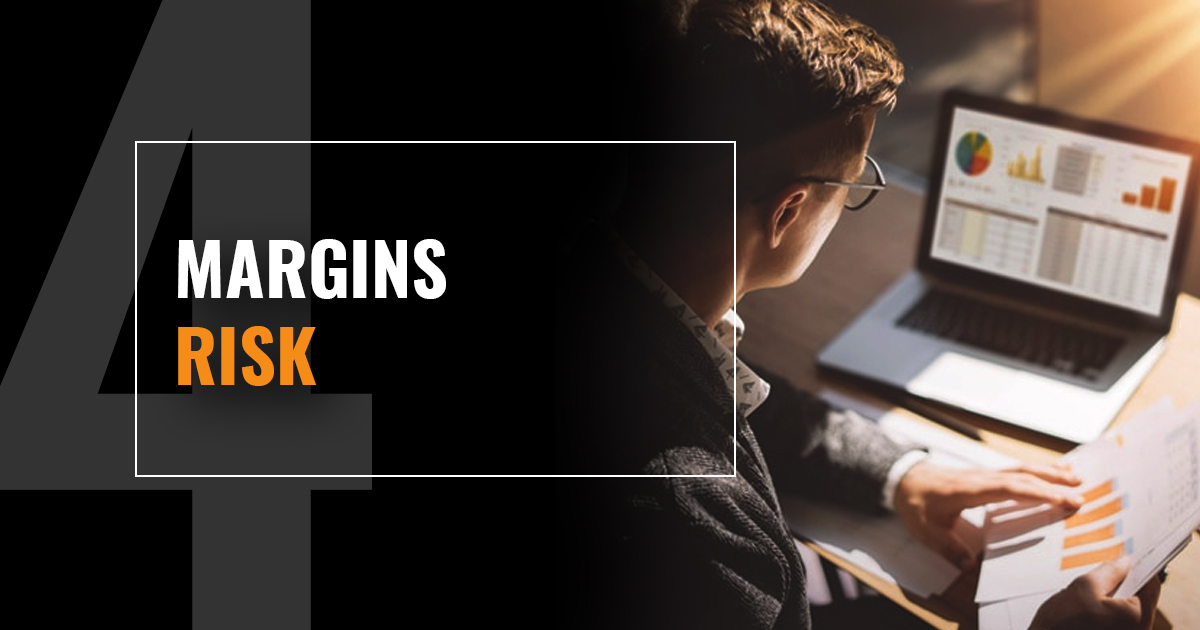
4) Margins Risk

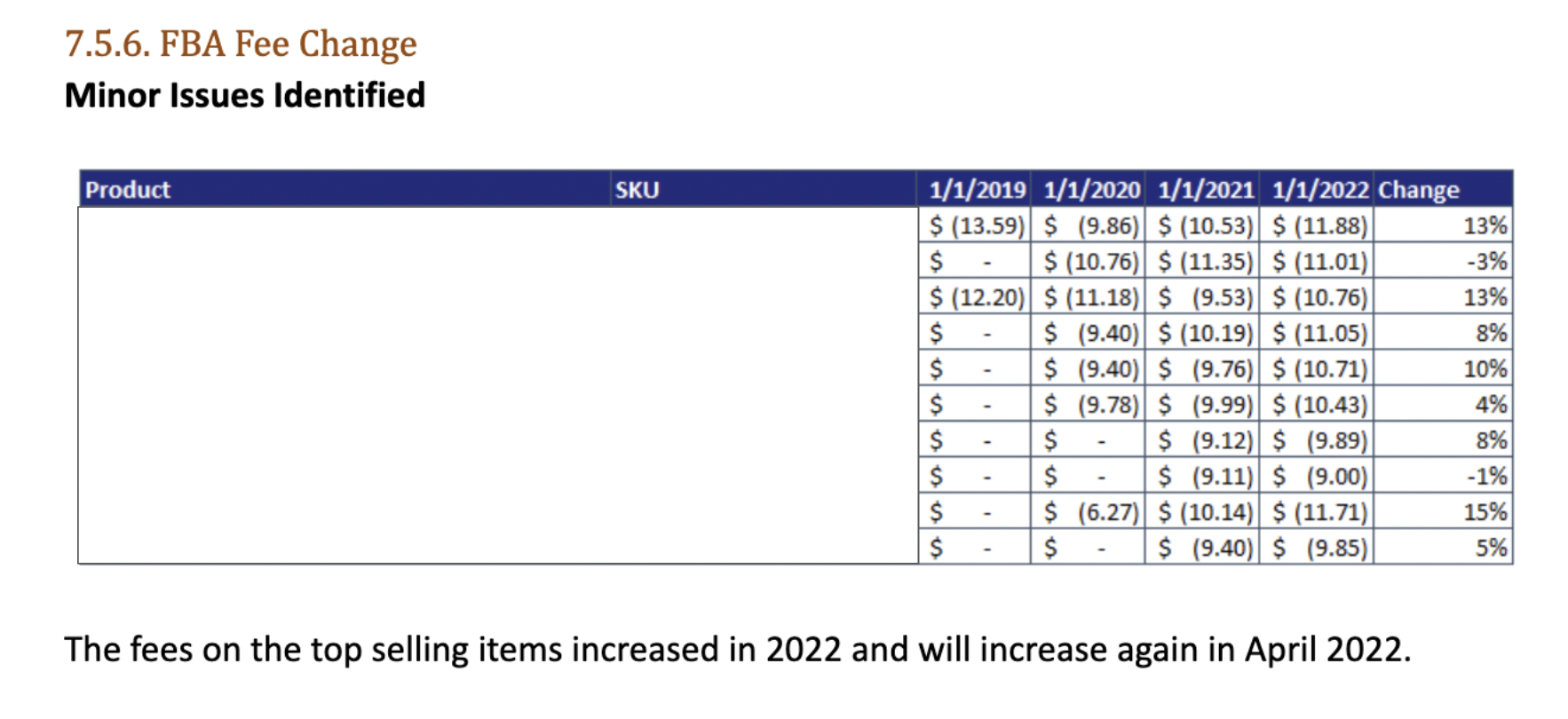
The next risk, which is very much connected to cost of goods, is to look closely at the margins. FBA businesses are very capital intensive; the margins matter. The difference between 20% margin versus 15% or 12% versus 18% can make a BIG difference from a cash flow perspective.
One trend you should be aware of is the fact that Amazon fees are rising. There are a few different types of Amazon fees that are rising: the core FBA fulfillment fees, prep fees, and monthly storage fees. You want to be acutely aware of these and calculate them when you’re looking at these trends all while applying them on a SKU level. Only then will you be able to make an accurate and informed decision.
What we do is tally up all the fees and track them overtime. Below, you can see an example on a report that we did where you can see how the fees change per SKU. This is something that you want to be aware of, because if Amazon fees have gone up by 10% or 15%, then it’s really going to impact the business.
Next, you can look for product price wars. For this, you’ll need to examine your competition. Are there new sellers that are launching and undercutting prices? This is not an uncommon practice when it comes to launch strategies. Some new sellers can come in be very aggressive and even initially sell their products at a loss that isn’t sustainable in the long term. This can impact your sales dramatically.
Lastly, you must look at the products being sold by Amazon. I’ve seen this happen to a product that was selling about 1,000 units a month at $12. Then, Amazon came in and bought one of the competitor brands. Since Amazon doesn’t pay fees, their price for this product was about 15% less, which resulted in the product sales dropping by about 25% from 1,000 to 750.

To summarize, looking at product price trends with regards to margin over time, taking into account Amazon fees, and taking into account your competition is going to give you better optics into not just where the business is at now, but where you can project things to look like from a margin standpoint into the future.
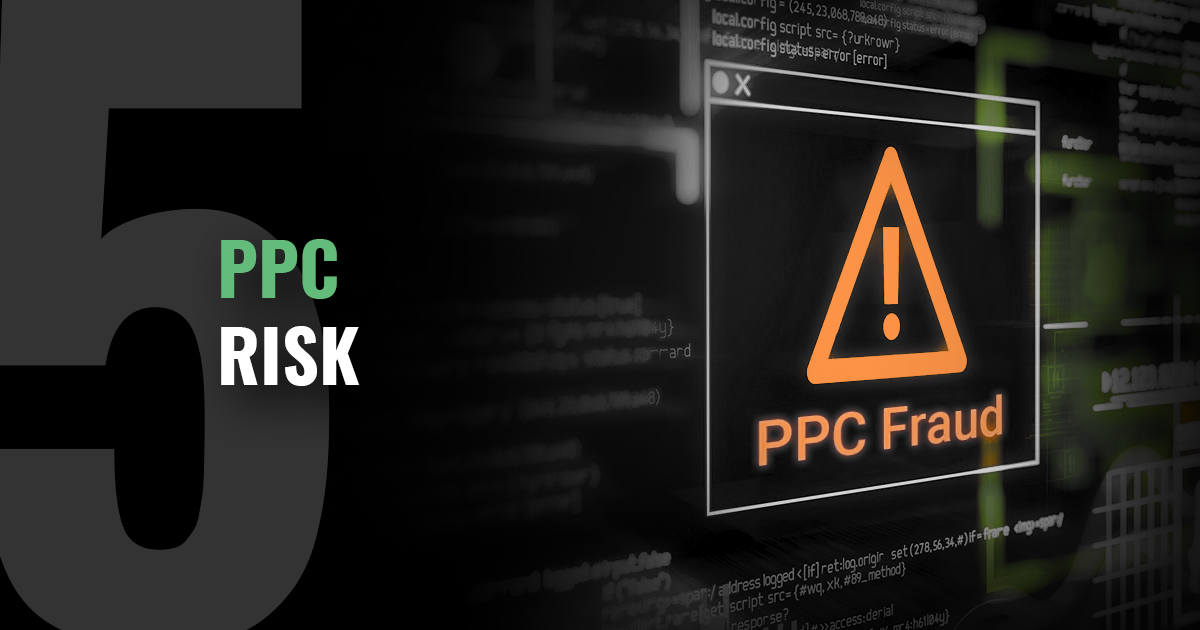
5) PPC RISK

PPC is a big expense item that impacts profitability. Here are some of the things to look for:
TACOS (total advertising cost of sales), CPC trends, Cost per acquisition versus margins, and the ratio of PPC Sales to Organic Sales.
Is the cost per acquisition higher than your margin? This is probably not sustainable and also can be a tactic that is used to rank or boost top line sales. You should also be weary of boosted sales trends due to unsustainable PPC.
You also want to look out for an over reliance on PPC sales. To do this, look at the breakdown of PPC sales versus organic sales. Ideally, clicks and sales are heavily on the organic side. You also want to compare this split with the average of the market. A proper analysis of this could also reveal an opportunity to increase PPC in the account. Mostly, it’s about getting optics as well as analyzing what you see.
What is the cost per acquisition for PPC? Is That sustainable? Are the costs rising? What is the breakdown of PPC versus organic?
What are CPC trends? If CPCs are increasing, this could be a clear indication of increasing competition in the market. Do you have an economic moat to counter increasing competition?
Consider these questions in the DD process to protect your potential investment.
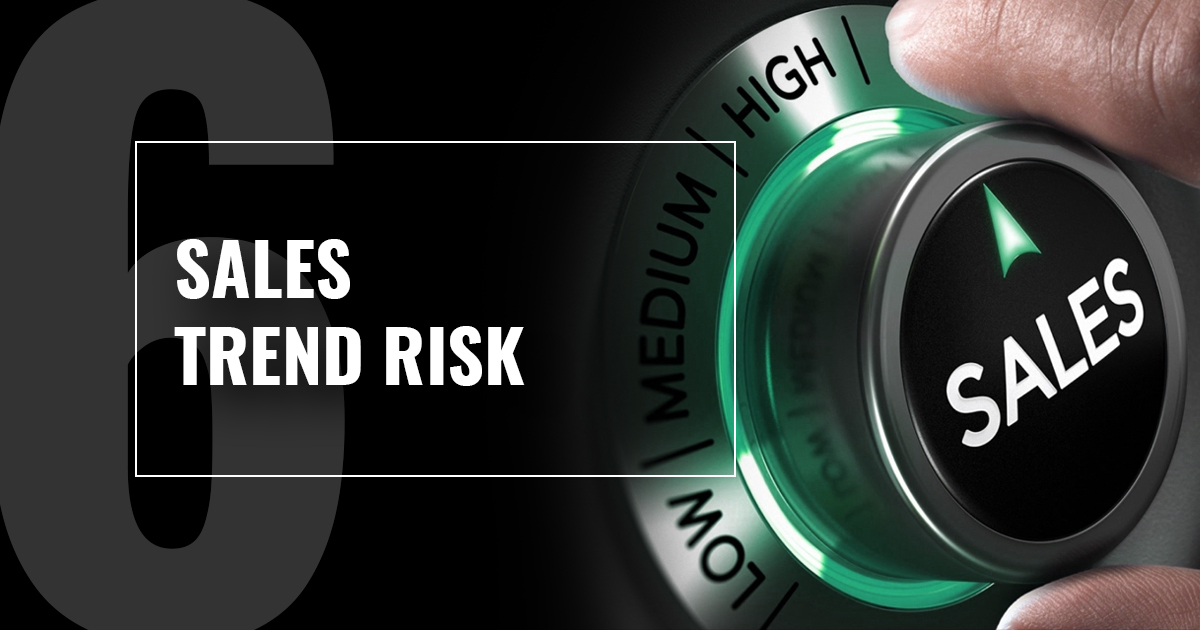
6) Sales Trends Risk

Here, you want to break things down per SKU by child and parent, by the different markets, and by the different brands. You want to gain optics into each SKU, each market, and note what the trends are. The goal here is clarity on the SKUs, what the trends are, and note any potential threats. It’s not so common to see a product lifecycle where it launches, peaks, and then dovetails. Once you spot this, it can inform your overall decisions.
You also want to take a look at overall sales trends. How was it for the first half of the year compared to the second half? How does that compare with overall trends in the industry?
The above screenshot is an example of pretty healthy sales trends. If it were reversed, then it would be a cause for concern.
Hero SKUs are another thing to be aware of. Recently, there has been a big shift in this area in regards to aggregator strategy. They used to prefer hero SKUs, where now they look at a more diversified product portfolio and prefer to be less reliant on one SKU. This is because a hero SKU drops in sales 20%, this has an impact on the whole brand and the company.
In summary, when we’re looking at Sales Trends Risk, the goal here is SKU clarity, SKU level clarity, and overall clarity in regards to portfolio trends including hero SKUs.
Avoid These FBA Risks In Your Next Acquisition
There’s still a lot of potential to be had in the FBA space. If you’re interested in acquiring an FBA business, we’d love to support you. Here are two ways we can help.
- Marketwatch App: Search over 200 established Internet business listings, from over 30 different business brokers worldwide. Marketwatch is a free tool that helps you search listings between $20,000 and $5 million USD across multiple sources without the headache or time wasted in doing it manually. On this app, you can set up alerts for FBA businesses that match your criteria and get email updates for free.
- Complimentary Discovery Call: Our founding team has over a decade of combined experience in buying and selling Internet businesses. Plus, we have a ton of experience when it comes to buying and selling FBA businesses ourselves. Get your questions answered by an expert today by booking a Free Consultation.

